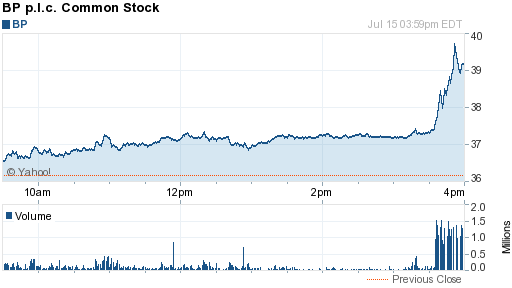I have still been somewhat on investment vacation mode – I have not been making any portfolio alterations, and have been letting time pass by.
It is a very, very, very important concept in investing that decision be made with the fullest of convictions, after research. It is usually a good way to lose money to “force” trades, or to try to reduce the cash balance to zero. When you see cash earn a short-term return of 2% sitting in an account, it is frustrating to know that you could invest it, minimally, in some preferred shares that yield 6.5%, but what inevitably happens is that when you want to utilize this cash, you will take a capital loss selling your preferred shares.
I think a lot of retail investors out there are chasing yield and are shying away from non-income bearing equity. You will continue to see inflows in bond and income funds, while equity will be shunned. This is something I will be eyeing a little more closely in terms of taking advantage of the matter.
The one huge advantage of cash is that it retains its principal value and is completely liquid to do whatever you want with it when the opportunity arises. Right now I am just not finding much in the way of opportunity, and hence, I wait patiently and enjoy the Canadian summer, as short as it is. This makes for boring writing, but boring is better than the alternative – permanent loss of capital.
